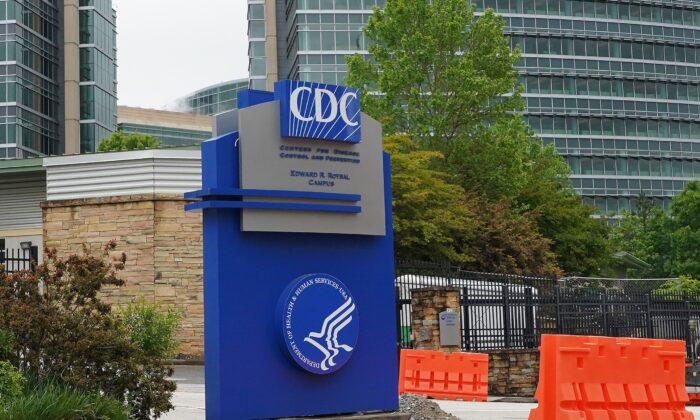The U.S. Centers for Disease Control and Prevention (CDC) officially launched the Center for Forecasting and Outbreak Analytics (CFA) this month, which aims to enable timely and effective decision-making when responding to disease outbreaks.
The CFA has been set up to accomplish three core functions. The first is to generate analyses and forecasts to boost outbreak preparedness and response. CFA will establish a data and analytics architecture and collaborate with local, state, and federal leaders in the decision-making process.
The second is to share timely information with authorities and the public. CFA will maintain a network to engage decision-makers from civil society, the private sector, and the public sector.
The third is to advance research and development priorities to boost the performance of outbreak analyses and forecasts. The center will establish a network of testbeds in local and state jurisdictions to “design, build, and test novel analytics and data sources.”
During its pre-launch phase in winter 2021, the center’s team partnered with various institutions to produce the first American estimates of Omicron severity as compared to the Delta variant.
When CFA recognized that there would be an imminent surge in the Omicron variant in the country, it quickly alerted officials which enabled leaders to plan for the event in advance. The agency also contributed analyses on travel policies, vaccine policies, and so on.
CFA has granted $21 million in funding to academic institutions to improve the modeling and forecasting methodology. The agency plans to make more investments in the coming months. CFA’s initial $200 million funding came from Washington’s 2021 coronavirus relief package.
Marc Lipsitch, the new center’s science director, pointed out that the United Kingdom uses regular population sampling with blood draws and swab tests to get an idea of the number of infected individuals. He wants the United States to adopt a similar sampling method.
Caitlin Rivers, the center’s associate director, wants the CDC to have better access to data from hospitals and state governments. Though CDC has a temporary authority for collecting COVID-19 data, it still relies on state data agreements and voluntary reporting for such matters.





